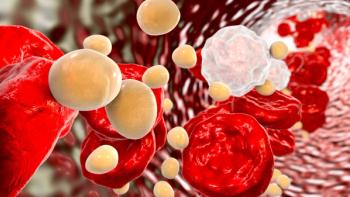
Radon Exposure Increases Hematologic Cancer Risk in Women
Radon already associated with lung cancer development.
A study appearing in Environmental Research found a statistically significant association between high levels of residential radon and the risk of women developing hematologic cancer.
Radon is a known human lung carcinogen that is a naturally occurring byproduct of radium decay.
The study used data from the American Cancer Society Cancer Prevention Study-2 Nutrition Cohort to examine the association between exposure to county level residential radon and the risk of hematologic cancer. There were 140,652 participants enrolled with 3019 hematologic cancers during the 19 years of follow-up.
The results of the study showed that women who were living in counties with the highest mean radon concentration had a statistically significant 63% higher risk of developing hematologic cancer compared with participants who lived in counties with the lowest radon levels.
Furthermore, evidence was found of a dose-response relationship, however, there was no association found among men. Men have a higher baseline risk, which could possibly be attributed to risk factors such as occupation and the exposure to radon, reducing the impact of any additional risk from residential radon.
Women, however, have a smaller baseline risk and residential radon exposure may be more of a contributor to overall risk. Additionally, it could also be because women of this generation spent more time in their homes, giving them more residential exposure than men.
“The overall lifetime risk of hematological cancers in the United States is about 2%, so even a 60% relative increase would still mean a relatively small absolute risk,” said lead researcher Lauren Teras, PhD. “Nonetheless, radon is already associated with lung cancer, and if other studies confirm the link to blood cancers, we think it would warrant strengthened public health efforts to mitigate residential radon risks.”
Newsletter
Stay informed on drug updates, treatment guidelines, and pharmacy practice trends—subscribe to Pharmacy Times for weekly clinical insights.



















































































































































































































